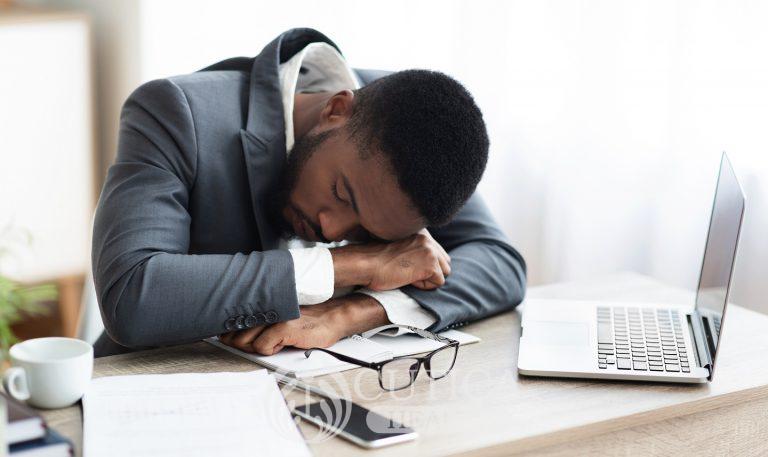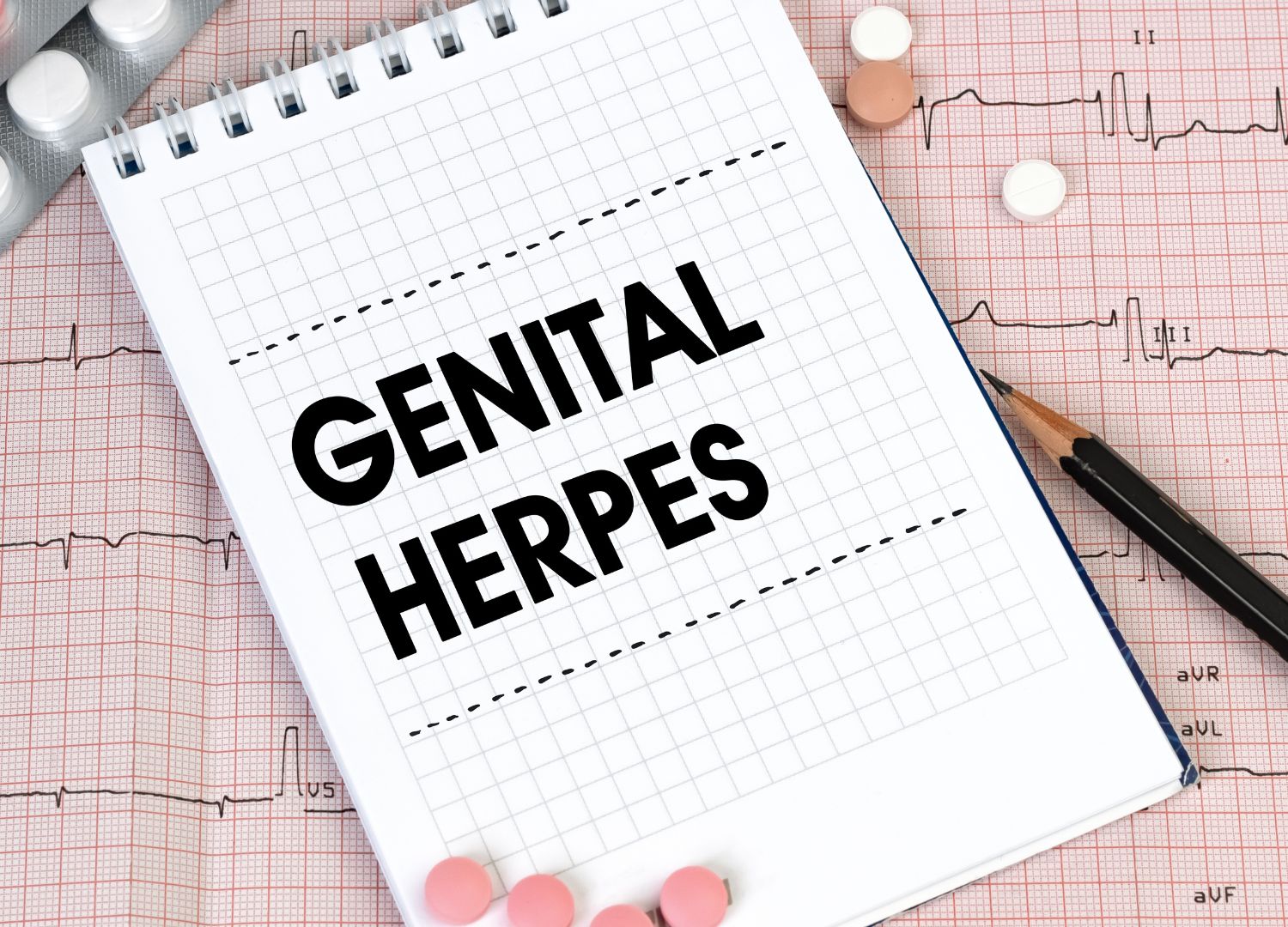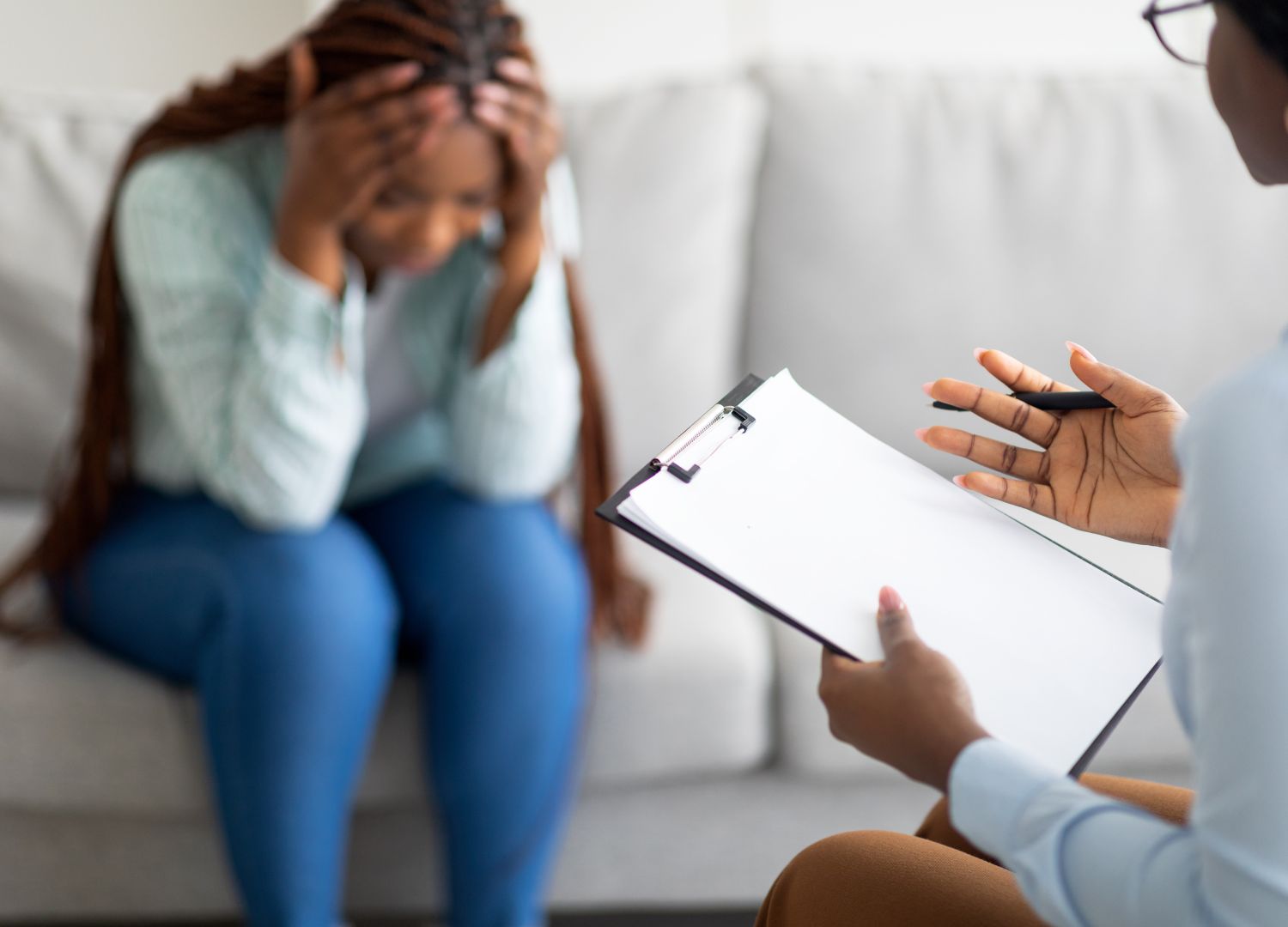
This condition dey lead to frequent, pause for the process of breathing wen you nor fit control, when fit make you wake suddenly while you dey sleep. Nor be only to hinder the quality of your sleep, sleep apnea fit nor allow your partner enjoy em sleep because of the snoring sound you go dey produce due to this condition.
Make we look the common causes, the risk factors, and even the treatment options for sleep apnea.
Types of Sleep apnea

We go yarn about 3 common forms of sleep apnea :
Obstructive sleep apnea: na this one common pass . Na na because of the fall-back of the tongue on the airways, particularly for the back of the throat, wen person dey sleep. E go obstruct the flow of air while the person dey sleep wen go cause snoring and wen go make the person wake plenty times because e nor fit breathe well.
Central sleep apnea: This one nor too common and e dey occur because the nervous system nor dey function well. E dey occur as a result of say the brain nor get ability to send the correct signals to the muscles wen control breathing process e go come make the person nor breathe well.
Complex sleep apnea: na combination of central and obstructive sleep apnea.
If them don been tell you say you too dey snore and you dey wake up with tiredness or you nor dey fit controllably sleep when you suppose dey at alert like when you dey drive,time don reach make you talk to you healthcare provider to make sure say you nor get sleep apnea.
Wetin be the risk factors for sleep apnea?
Age: the risk of say person go get sleep apnea dey high for patients wen don pass the age of 40 years.
Gender: this condition dey affect men pass women.
Obesity: the chance say person go get sleep apnea dey higher for obese people because the higher fat mass wen dey around the neck region go likely to obstruct the air passages and so e go create pause for the normal breathing process.
Wetin be the treatment options wen dey available for the management of sleep apnea?
Use CPAP device
The use of Continuous Positive Airway Pressure (CPAP) devices dey always dey recommended for the patients wen dey suffer from obstructive sleep apnea. CPAP devices dey work by reducing the physical obstruction for the air passages.
( A CPAP device dey works by gently blowing pressurized air through the air passages at a higher pressure to keep them open so e go allow free flow of air.
The pressurized air dey also works as a splint wen go prevent the backward collapse of the tongue on the soft palate).
Oral Appliances
Oral appliances dey designed to hold the lower jaw go front small to make sure say the air passages dey open well.
These appliances so dey prevent the tongue make e no fall come back so e go allow the flow of air for the airways make e nor block .
Chin Strap
Chin Straps dey help to manage sleep apnea, e go hold the jaw in place so that the backward collapse of the throat and tongue go dey prevented. E dey prevent the airways make e nor block ( by maintaining the forward position of the jaw.) E dey also help to make the mouth close so e go encourage make them dey breathe through nose.
people wen doctor don confirm say them get sleep apnea dey advised to get healthy lifestyle habits so e go fit to improve the symptoms.
Some of the lifestyle recommendations that wen fit relieve the symptoms of sleep apnea :
Maintain healthy weight
Sleep apnea, especially wen e never serious fit dey relieved if we make healthy lifestyle changes. Since say obesity na the most common messenger to sleep apnea, to maintain healthy weight dey recommended make we for fit get relief.












